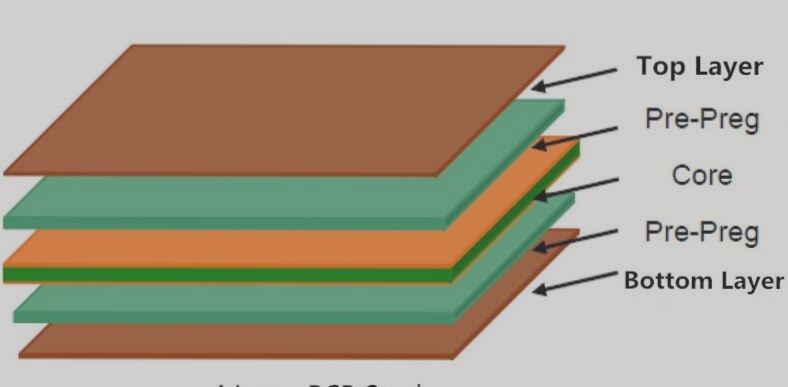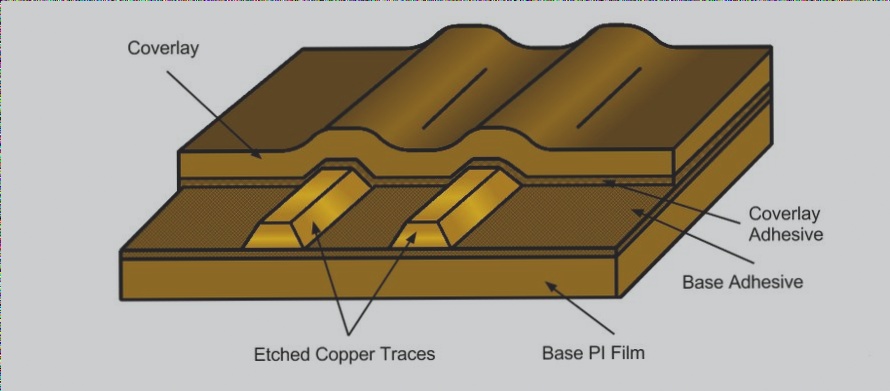Ten Major Defects to Avoid in PCB Board Design
- Undefined Processing Level: Specify the front and back of single-sided boards to ease component soldering.
- Improper Copper Foil Placement: Maintain a distance of at least 0.2mm between large copper foil areas and the outer frame to prevent warping.
- Use of Filler Blocks in Pads: Avoid using filler blocks in pads as they can cause difficulties in solder mask application and component welding.
- Patterned Ground Layer Issues: Ensure proper isolation of power and ground lines to prevent short-circuiting.
- Random Characters: Design characters on SMD soldering pads carefully to avoid continuity test and soldering issues.
- Short Surface Mount Device Pads: Consider spacing between pins on SMDs to allow for proper continuity testing.
- Single-Sided Pad Aperture: Mark drilled holes with zero diameter for accurate data generation.
- Pad Overlap: Avoid overlapping holes to prevent errors in isolation disk creation.
- Excessive Filling Blocks or Thin Lines: Be cautious when using filling blocks with thin lines to avoid data loss.
- Misuse of Graphic Layers: Prevent confusion by avoiding unnecessary connections on graphic layers in multi-layer board designs.
Addressing these defects in PCB board design can enhance production efficiency and reduce errors in the manufacturing process.




